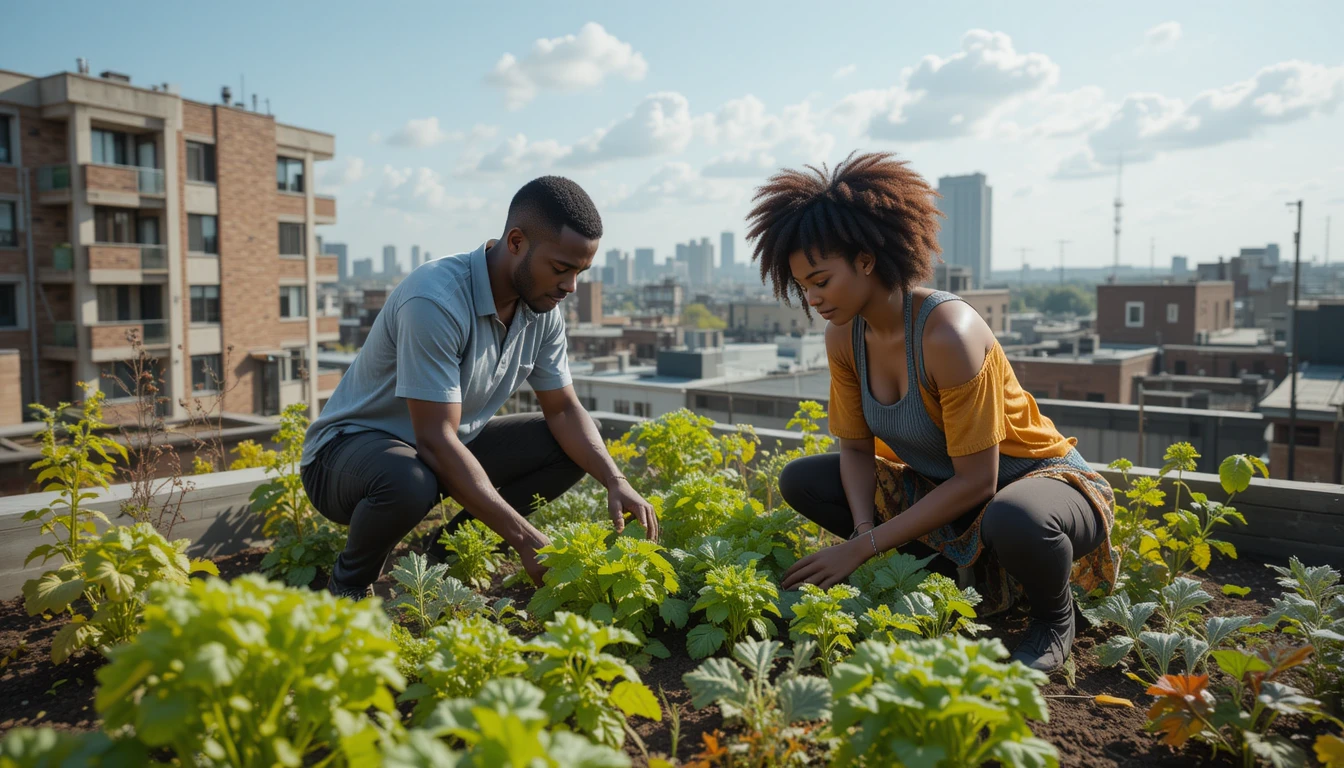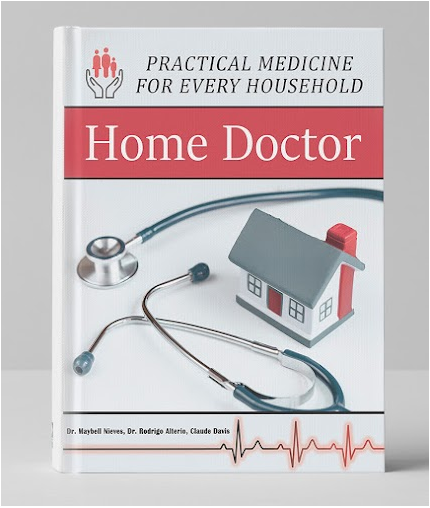
Popular
How to Start a Survival Garden in the City (Even with Limited Space)
Grow Your Own Food, No Matter Where You Live!

I know what you’re thinking—starting a survival garden in the city sounds like a challenge. I’ve been there too. Between the lack of space, unpredictable weather, and city regulations, it feels like an uphill battle. But let me tell you something: it’s completely possible and with the way things are going it’s very necessary.
Even if you’re in an apartment with nothing but a small balcony or a few windowsills, you can still grow food. And if you have access to a rooftop, a backyard, or even a community garden, you can take it to the next level. The goal of a survival garden is simple: to provide you with fresh, nutrient-rich food, no matter what happens.
Whether you’re preparing for emergencies, want to save money on groceries, or just want to become more self-sufficient, a survival garden is a game-changer. Here’s exactly how to start one, step by step.
1. Find Your Growing Space
The first step is to assess where you can grow your food. In an urban environment, you have to get creative. But trust me—there’s always a way.
Apartment Gardening
If you live in an apartment, don’t worry—you still have options. Balconies are prime real estate for container gardening. Even a small 3×3 ft balcony can produce a surprising amount of food if you use vertical space wisely. If you don’t have a balcony, windowsills can be transformed into mini-gardens, especially for herbs and leafy greens.
Backyards & Shared Spaces
If you have a small backyard, congratulations—you’ve got prime gardening space! Even if it’s just a tiny patch of dirt, you can grow a ton of food. And if your yard is mostly concrete? No problem. Raised garden beds or large containers work just as well.
If you don’t have access to a private yard, check out community gardens. Many cities have shared spaces where you can rent a plot for a small fee. This is a great way to get access to more space while connecting with other like-minded people.
Rooftop Gardens
If you have access to a rooftop, consider turning it into a survival garden. Many buildings have unused rooftop space that can be transformed into a thriving garden with the right setup. Just make sure to check with your landlord or building management before hauling up a bunch of soil and planters!
2. Choose the Right Crops
Not all plants are suited for urban survival gardening. You want to focus on high-yield, low-maintenance crops that will actually provide real nutrition.
Best Crops for Urban Survival Gardening
- Leafy Greens – Lettuce, spinach, kale, and Swiss chard grow fast and can be harvested multiple times. They’re also packed with vitamins and require very little space.
- Tomatoes – One of the most rewarding plants to grow in a container. A single tomato plant can yield pounds of fruit throughout the season.
- Peppers – Peppers thrive in pots and produce a ton of fruit per plant. Plus, they store well by drying or pickling.
- Herbs – Basil, mint, rosemary, thyme, and oregano are easy to grow and perfect for adding flavor to meals.
- Root Vegetables – Carrots, radishes, and potatoes can be grown in deep containers or grow bags. They don’t take up much space and are easy to store.
- Beans & Peas – These grow vertically, making them perfect for small spaces. Plus, they’re a great source of protein.
The key is to choose plants that grow well in containers or small garden beds. The more compact and productive, the better.
3. Pick the Right Containers
If you’re working with limited space, containers are going to be your best friend. But not all containers are created equal!
Best Containers for Urban Gardening
- 5-Gallon Buckets – These are cheap, durable, and perfect for growing tomatoes, peppers, and potatoes. Just drill drainage holes at the bottom.
- Grow Bags – These fabric pots allow for great airflow and prevent overwatering. They work well for root vegetables and leafy greens.
- Vertical Planters – If you’re really tight on space, stacked planters or hanging baskets let you grow more in a small footprint.
- Recycled Containers – Old crates, bins, and even milk jugs can be repurposed into planters. Just make sure they have good drainage.
The great thing about container gardening is that it allows you to move plants around, which is especially useful in unpredictable urban environments.
4. Get the Right Soil
Urban soil isn’t always the best for gardening. It might be contaminated or lack nutrients. If you’re growing in containers, you can bypass this problem by using high-quality potting mix.
DIY Potting Mix Recipe
To create your own soil mix, combine:
- Compost (for nutrients)
- Coconut coir or peat moss (for water retention)
- Perlite or sand (for better drainage)
Good soil is the foundation of a productive garden, so don’t skimp on this step!
5. Maximize Your Space with Smart Planting
Since space is limited, you need to think vertically and use companion planting to get the most out of your garden.
- Trellises – Train vining plants like cucumbers, beans, and peas to grow upward instead of spreading out.
- Stacked Planters – Grow multiple layers of crops in tiered systems.
- Companion Planting – Some plants grow better together. For example, basil helps tomatoes thrive by repelling pests.
The goal is to use every inch of available space to grow as much food as possible.
6. Water Wisely
One challenge with urban gardening is keeping plants hydrated—especially in hot weather.
Smart Watering Tips
- Self-Watering Containers – These have built-in reservoirs that keep soil consistently moist.
- Rainwater Collection – If allowed, collecting rainwater is an eco-friendly way to water your plants.
- Mulching – A layer of mulch on top of the soil helps retain moisture and reduce watering needs.
Water is life, so make sure your plants get enough without wasting it.
7. Protect Your Garden
Urban gardening comes with unique challenges—like pests, pollution, and even theft.
Solutions for Common Problems
- Pests – Use natural deterrents like neem oil or garlic spray. Netting also helps keep birds and squirrels away.
- Pollution – If you’re near a busy road, grow in raised beds or containers to reduce soil contamination.
- Garden Theft – If you’re growing in a shared space, plant some “decoy” crops or place planters where they’re harder to access.
8. Keep It Growing Year-Round
Even in colder months, you can keep producing food with the right techniques.
- Cold Frames & Greenhouses – Protect plants from frost and extend your growing season.
- Indoor Gardening – Herbs, microgreens, and even some vegetables can be grown indoors with grow lights.
- Sprouting & Hydroponics – No soil needed! Sprouts and hydroponic setups let you grow food in small indoor spaces.
Final Thoughts: Just Start!
Don’t let the lack of space stop you. Even if you start small with just a few pots of herbs, you’re already making progress toward food security.
A survival garden isn’t just about growing food—it’s about resilience, independence, and peace of mind. So, grab a container, plant a seed, and take control of your food supply today. Your future self will thank you. 🌱
Follow on Spotify
LEARN MORE ON YOUTUBE!
ADVERTISEMENT
ADVERTISEMENT
ADVERTISEMENT
ADVERTISEMENT
RELATED POST
Address List
-
123, Any Street North
Your City Name
Country Name. P.O 3554 - +1 234 567 8902
- Urban Warrior Survival
Social Networks
- B.Roc Survival Podcast
- Discord
- Patreon
- Youtube
Links List
B.Roc Survival Inc.
All rights reserved









